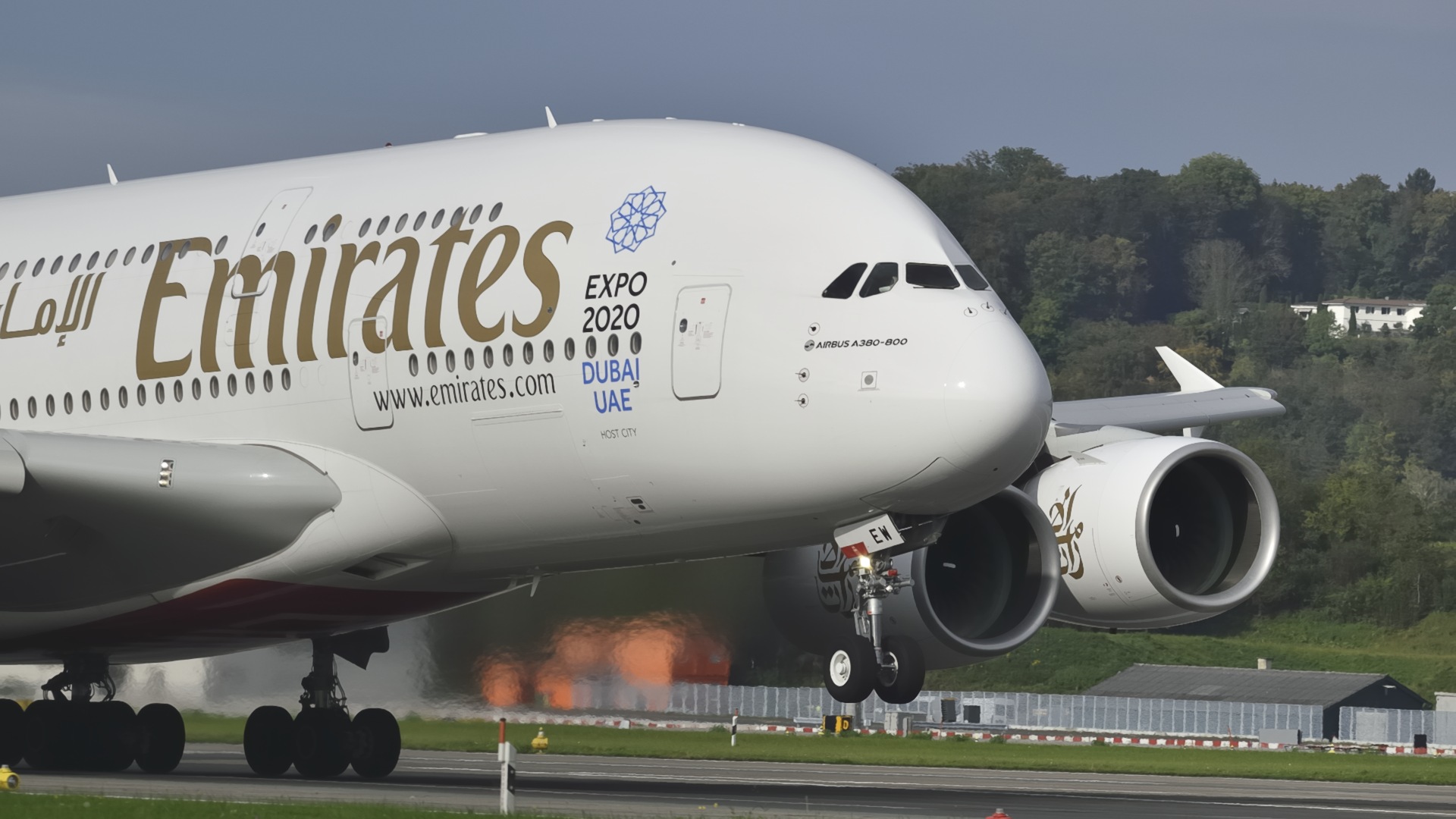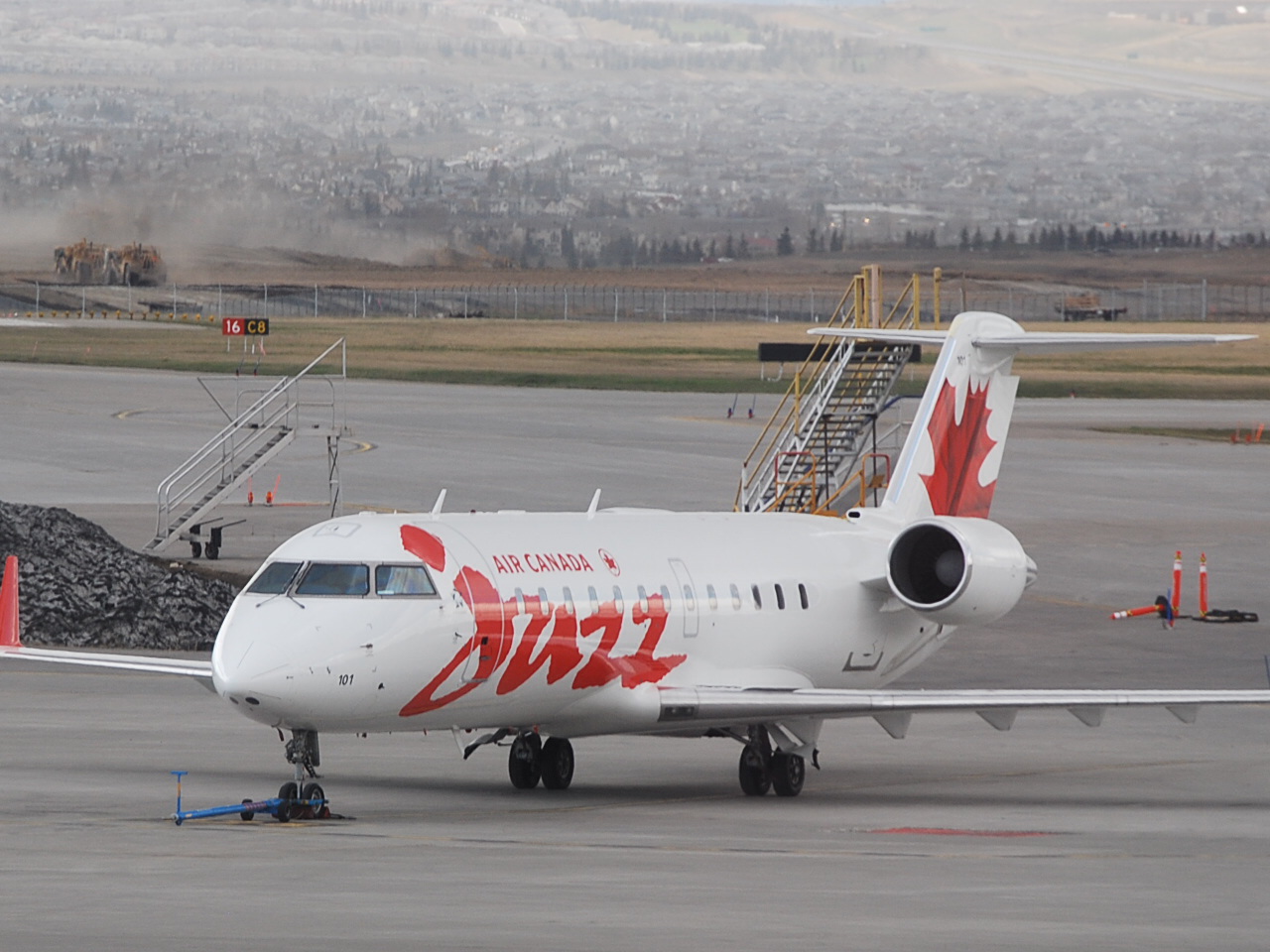7
The transportation sector is vital to the success of our industry. Put simply, if we cannot move people from place to place — whether by air, sea, or land — we do not have an industry.
This chapter takes a broad approach, covering each segment of the transportation sector globally, nationally, and at home in British Columbia. Let’s start our review by taking a look at the airline industry.
According to the International Air Transport Association (IATA), in 2018, airlines transported more people than ever, 4.1 billion people across a network of 25,000 origin to destination (O-D) passenger journeys generating over 58 million jobs and $2.7 trillion in business activity (International Air Transport Association, 2019).
Spotlight On: International Air Transport Association
The International Air Transport Association (IATA) is the trade association for the world’s airlines, representing around 240 airlines or 84% of total air traffic. It supports many areas of aviation activity and helps formulate industry policy on critical aviation issues (IATA, 2018). For more information, visit the International Air Transport Association website.
The first commercial (paid) passenger flight took place in Florida on New Year’s Day 1914 as a single person was transported across Tampa Bay (IATA 2014a). There have been a number of international aviation milestones since that flight, as illustrated in Table 2.1.
| Year | Milestone |
|---|---|
| 1919 | KLM Koninklijke Luchtvaart Maatschappij or Royal Dutch Airlines) starts operations, making it the oldest airline still in operation. |
| 1930 | Boeing Air Transport (now known as United) introduces the first flight attendant. |
| 1934 | The first piece of airmail travels across the Atlantic via Deutsche Luft Hansa (now Lufthansa). |
| 1939 | The first passenger flight travels across the Atlantic on Pan American airlines. |
| 1944 | The Chicago Convention on International Civil Aviation takes place, giving rise to the aviation industry as we know it. |
| 1952 | The first passengers travel by commercial jet on British Overseas Airways Corporation (BOAC). |
| 1971 | The first low-cost carrier is introduced as Southwest Airlines enters the market. |
| 1976 | The Concorde enters service as the first supersonic aircraft. |
| 1978 | The United States deregulates the air industry. |
| 1981 | American Airlines introduces the first frequent flyer program. |
| 2001 | The 11th of September 2001 marks a turning point in international civil aviation; the first use of civil aircraft as weapons of mass destruction. |
| 2007 | Singapore Airlines introduces passenger service aboard the Airbus A380 (currently the world’s largest passenger aircraft). |
| 2011 | KLM operates the first passenger biofuel flights. |
| 2020 | The number of passenger jets in service is the lowest in 26 years with airlines worldwide slashing capacity to close to zero or not flying at all (January to April). |
Rules and Regulations
Aviation is a highly regulated industry as it crosses many government jurisdictions. This section explores key airline regulations in more detail.
Open Skies

The term open skies refers to policies that allow national airlines to fly to, and above, other countries. These policies lift restrictions where countries have good relationships, freeing up the travel of passengers and goods.
Take a Closer Look: The 1944 Chicago Convention on International Civil Aviation
This document contains the original statements from the convention that created the airline industry as we know it, providing a preamble statement as well as detailed articles pertaining to a range of issues from cabotage to pilotless aircraft. Read the 1944 Chicago Convention on International Civil Aviation [PDF].
Canada’s approach to open skies is the Blue Sky Policy, first implemented in 2006. The National Airlines Council of Canada (NACC) and Canadian Airports Council (CAC) support the Blue Sky Policy.
While opening up air transport agreements (ATAs) with other jurisdictions is important, the Canadian government does not provide blanket arrangements, instead, negotiating “when it is in Canada’s overall interest to do so” (Government of Canada, 2014a). Some suggest the government should be more liberal with air access so more competitors can enter the market, potentially attracting more visitors to the country (Fu, Oum, & Zhang (2010); Gill & Raynor, 2003).
Taxes and Fees
For years, the aviation industry has argued that the high level of taxes and fees are unsustainable for the sector. According to a 2012 Senate study on issues related to the Canadian airline industry, Canadian travellers are being grounded by airline fees, fuel surcharges, security taxes, airport improvement fees, and other additional costs. Airports are charged rental fees by the Canadian government ($4.8 billion from 1992 to 2004), which they pass on to the airlines, who in turn transfer the costs to travellers. Some think eliminating rental fees would make Canadian airports more competitive, and view rental and other fees as the reason 5 million Canadians went south of the border for flights in 2013, where passenger fees are 230% lower than in Canada (Hermiston & Steele, 2014).
Profitability
Running an airline is like having a baby: fun to conceive, but hell to deliver.
—C. E. Woolman, principal founder of Delta Air Lines (The Economist, 2011).
As the quote above suggested, airlines are faced with many challenges. In addition to operating in a strict regulatory environment, airlines yield extremely small profit margins. Passenger growth in 2017 was supported by a broad-based improvement in global economic conditions and by lower airfares, mainly earlier in the year. Lower fares have been a tailwind for passenger demand since late 2014 and have helped to drive the RPK/GDP multiplier above its long-term median level for three years in a row. In 2017 the industry accumulated $ billion worldwide in revenues, although global profit margins were just 1.5% (IATA, 2014a). To put that into perspective, while the average airline earned 1.5%, Amazon’s profit margins were almost 14 times that at 20.15% (YCharts, 2014).
Passenger Load Factor
Key to airline profitability is the passenger load factor, which relates how efficiently planes are being used. The load factor for a single flight can be determined by dividing the number of passengers by the number of seats. Demand grew faster than capacity, increasing the passenger load factor by 0.7 percentage points in 2019.

Passenger load factors in the airline industry reached a high of 80.3% in 2019, which was attributed to increased volumes and strong capacity management in key sectors (IATA, 2104a). One way of increasing capacity is by using larger aircraft. For instance, the introduction of the Airbus A380 model has allowed up to 40% more capacity per flight, carrying up to 525 passengers in a three-class configuration, and up to 853 in a single-class configuration (Airbus, 2014). Some carriers are now retiring the A380 model from their fleet (Airbus, 2020).
Ultra Low-Cost Carriers
Another key factor in profitability is the airline’s business model. In 1971, Southwest Airlines became the first low-cost carrier (LCC), revolutionizing the industry. The LCC model involved charging for all extras such as reserved seating, baggage, and on-board service, and cutting costs by offering less legroom and using non-unionized workforces. Typically, an LCC has to run with 90% full planes to break even (Owram, 2014). The high-volume, lower-service system is what we have become used to today, but at the time it was introduced, it was groundbreaking. Over the past several years, the model is now called an Ultra Low Cost Carrier (ULCC) with extremely low costs and unbundled services. Examples of Canadian ultra low-cost carriers include Swoop and Flair.
Ancillary Revenues
The LCC and ULCC models, combined with tight margins, led to today’s climate where passengers are charged for value-added services such as meals, headsets, blankets, seat selection, and bag checking. These are known in the industry as ancillary revenues. Profits from these extras rose from $36 billion in 2012 to $42 billion in 2013, or more than $13 a passenger. An average net profit of only $3.39 per passenger was retained by airlines (IATA, 2014a).
As you can see, airlines must strive to maintain profitability, despite thin margins, in an environment with heavy government regulation. But at the same time, they must be responsible for the safety of their passengers.
Air Safety and Security
IATA encourages airlines to view safety from a number of points, including reducing operational risks such as plane crashes, by running safety audit programs. They also advocate for improved infrastructure such as runway upgrades and training for pilots and other crew. Finally, they strive to understand emerging safety issues, including the outsourcing of operations to third-party companies (IATA, 2014a).
In terms of security, coordination between programs such as the Interpol Stolen and Lost Travel Documents initiative and other databases is critical (IATA, 2014a). As reservations and management systems become increasingly computerized, cyber-security becomes a top concern for airlines, who must protect IT (information technology) because their databases contain information about flights and passengers’ personal information. Unruly passengers are also a cause of concern, with over 8,000 incidents reported worldwide every year (IATA, 2014a).
Now that we have a better sense of the complexities of the industry, let’s take a closer look at air travel in Canada and the regional air industry.
Canada’s Air Industry

In 1937, Trans-Canada Air Lines (later to become Air Canada) was launched with two passenger planes and one mail plane. By the 1950s, Canadian Pacific Airlines (CP Air) entered the marketplace, and an economic boom led to more affordable tickets. Around this time CP Air (which became Canadian Airlines in 1987) launched flights to Australia, Japan, and South America (Canadian Geographic, 2000). In 2001, Canadian Airlines International was acquired by Air Canada (Aviation Safety Network, 2012).
In 1996, the marketplace changed drastically with the entry of an Alberta-based LCC called WestJet. By 2014, WestJet had grown to become Canada’s second major airline with more than 9,700 staff flying to 88 destinations across domestic and international networks (WestJet, 2014).
As it grew, WestJet began to offer services such as premium economy class and a frequent-flyer program, launched a regional carrier, and introduced transatlantic flights with service to Dublin, Ireland, evolving away from the LCC model (Owram, 2014). With those changes, and in the absence of a true low-cost carrier, in 2014, some other companies, added ULCC such as Swoop in 2019 and Flair Airlines.
However, outside of Air Canada and WestJet, airlines in Canada have found it very challenging to survive, and some examples of LCC startups like Harmony Airways and Jetsgo have fallen by the wayside.
Challenges to Canada’s Air Industry
When looking at these failed airlines in Canada, three key challenges to success can be identified (Owram, 2014):
- Canada’s large geographical size and sparse population mean relatively low demand for flights.
- Canada’s higher taxes and fees compared with other jurisdictions (such as the United States) make pricing less competitive.
- Canada’s two dominant airlines are able to price new entrants out of the market.
In addition to these factors, the European debt crisis, a slow US economic recovery, more cautious spending by Canadians, and fuel price increases led to a $900 million industry loss in 2011 (Conference Board of Canada, 2012) prior to the industry returning to profitability in 2013.
Take a Closer Look: One Size Doesn’t Fit All
In 2013, a special report to the Canadian Senate explored the concept that one size doesn’t fit all when it comes to competitiveness in the country’s airline industry. The report contains general observations about the industry as well as a number of recommendations to stakeholders, including airport managers. Read the report: “One Size Doesn’t Fit All: the Future Growth and Competitiveness of Canadian Air Travel” [PDF].
Today, the Canadian airline industry directly employs roughly 141,000 people and is worth $34.9 billion in gross domestic product. It supports 330 jobs for every 100,000 passengers and contributes over $12 billion to federal and provincial treasuries, including over $7 billion in taxes (Gill and Raynor, 2013). In 2019, Canadian airlines carried over 80 million passengers and are a critical component of Canada’s overall air transport and tourism sector and support over 630,000 jobs (NACC, 2019).
Let’s now turn our attention to the regional air market, focusing on British Columbia.
Regional Airlines
Transportation in BC has always been difficult: incomplete road systems and rugged terrain historically made travel between communities almost impossible. In 1927, a number of businessmen promised to change all that when they opened British Columbia Airways in Victoria with the purchase of a commercial airliner (Canadian Museum of Flight, 2014).
As commercial flying became more popular, and the province grew, regional airports started to spring up around BC as a means of delivering surveying equipment, forestry supplies, and workers. Many of these airports were legacies of Canada’s strategic position for the military. Fort Nelson’s airport, for instance, was established so the US Air Force could fuel aircraft bound for Russia in World War II (Northern Rockies Regional Airport, 2014).
In 1994, Transport Canada transferred all 150 airports under its control to local authorities under the National Airports Policy (NAP). This policy is considered to have been a turning point in the privatization of the airline industry in Canada. A 2004 study showed that after 10 years, 48% of these airports were not able to cover annual costs of operation, leading to concerns about the viability of small local airports in particular (InterVISTAS, 2005).
In 2012, the BC government released its aviation strategy, entitled Connecting with the World, which acknowledged the economic challenges for airports large and small. These range from Vancouver International Airport (YVR), which supports more than 61,000 jobs and creates more than $11 billion in economic activity each year, through to regional and local airports. The strategy outlined a framework to remove barriers to aviation growth including potentially eliminating the two-cent-per-litre International Aviation Fuel Tax (British Columbia Ministry of Transportation and Infrastructure, 2012).
Given a highly complex regulatory environment, razor-thin profit margins, and intense competition, the airline industry is constantly changing and evolving at global, national, and regional levels. But one thing is certain: air travel is here to stay.
On the other hand, the rail industry has been faced with significant declines since air travel became accessible to the masses. Let’s learn more about this sector.
- Data source: IATA, 2014a. ↵

